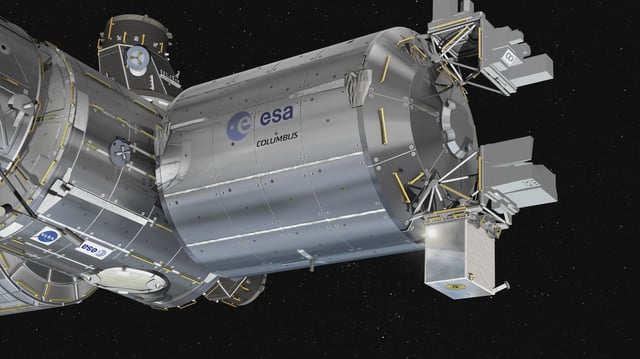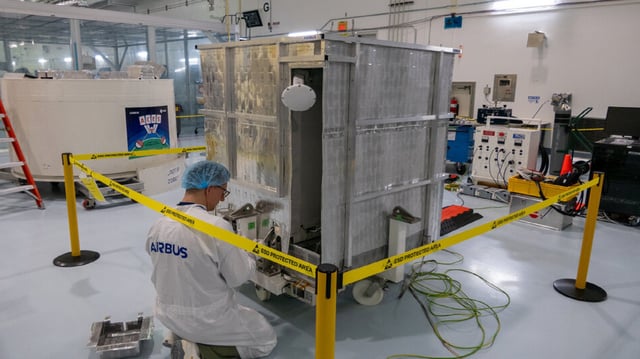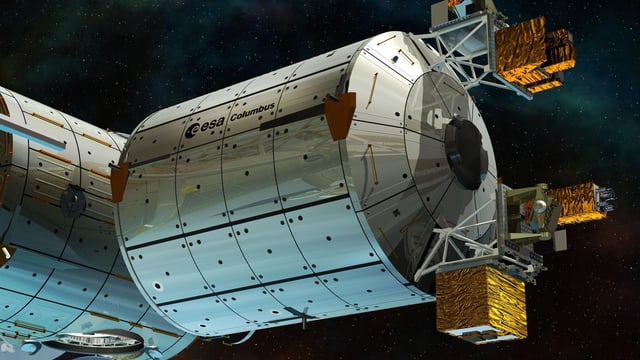Overview
- NASA and ESA successfully launched the ACES payload, featuring two state-of-the-art atomic clocks, to the International Space Station aboard SpaceX CRS-32.
- The PHARAO cesium clock and Space Hydrogen Maser (SHM) will work in tandem to achieve an accuracy of one second lost every 300 million years.
- The mission aims to test Einstein’s theories of relativity, including gravitational and velocity-based time dilation, with unprecedented precision.
- ACES will enable global clock comparisons to detect geopotential height differences with 10-centimeter accuracy, benefiting geodesy, GPS, and telecommunications.
- Over the next 30 months, ACES will conduct 10 measurement sessions to refine International Atomic Time and explore potential new physics, including dark matter models.


